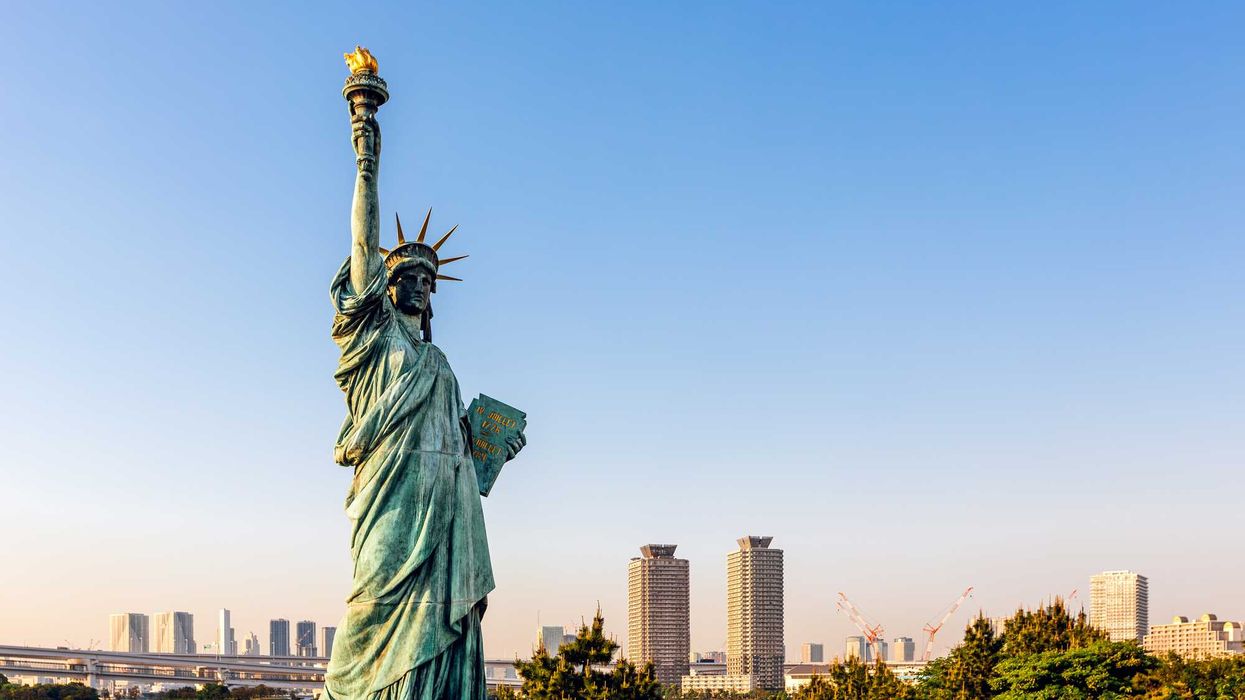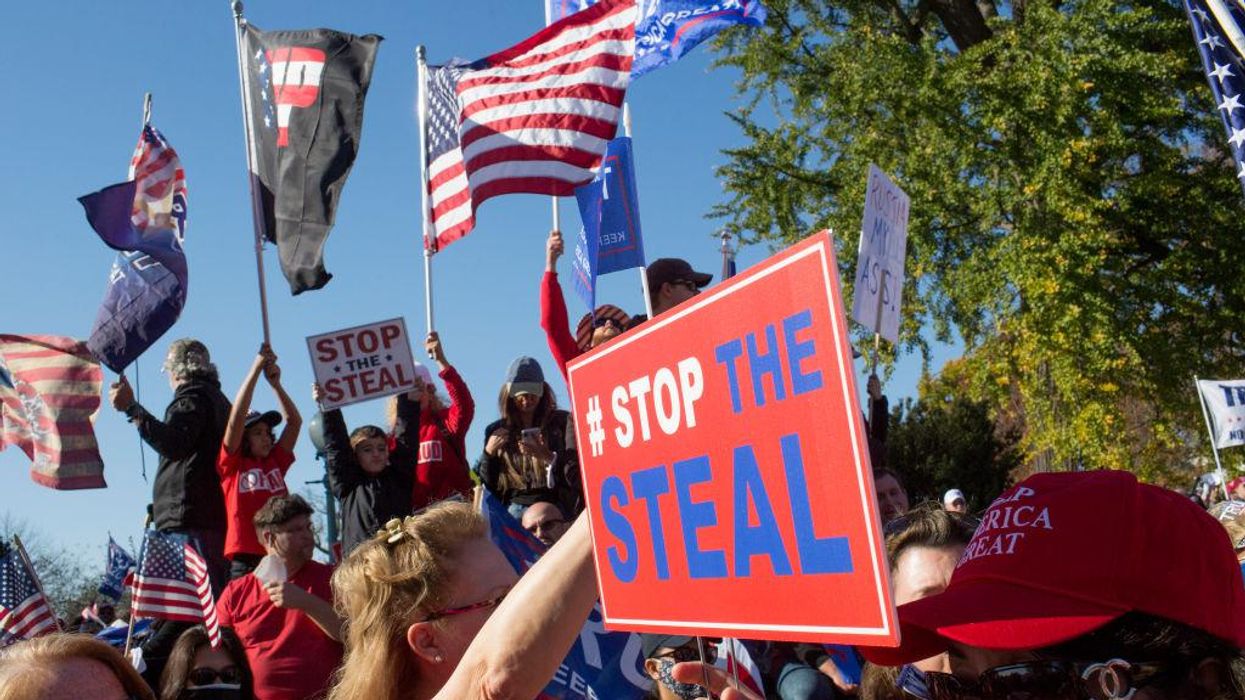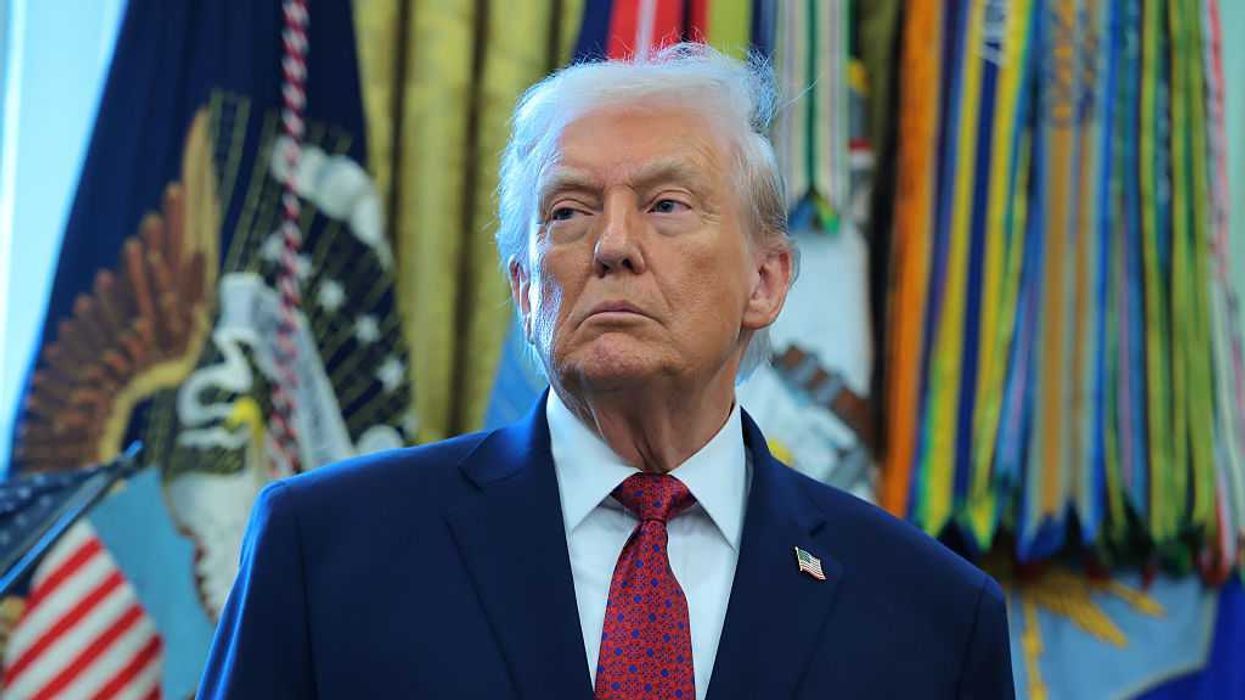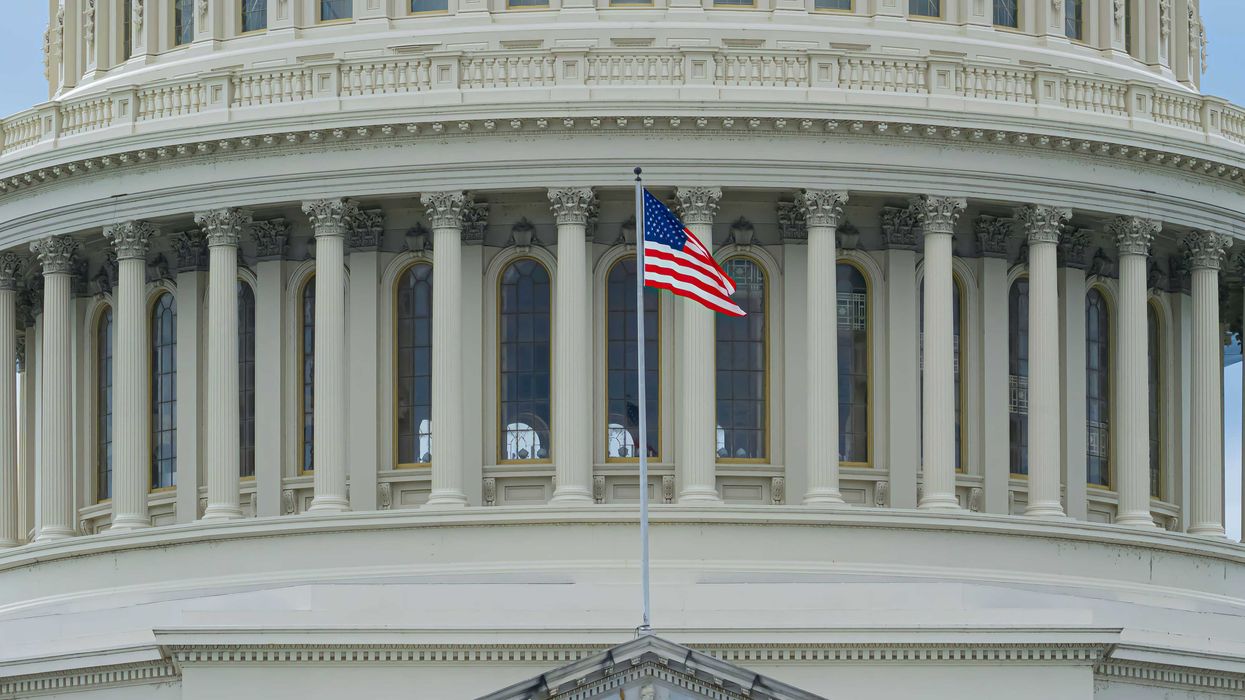My crisis advocacy partner and I had to carry a 130-pound, 40-year-old woman up three flights of stairs. Her wheelchair was stolen after a hospital released her to the street, and the elevator at her housing unit was broken.
She had been cycling through recovering from sexual violence, psychiatric holds, and had been hit by a car. She had a metal frame through the bone in her ankle, and amputation was ordered.
As members of a community non-profit assisting survivors of violence and houselessness, we couldn't get her stabilized long enough to meet her medical needs, in large part from a series of patient dumping by hospitals. Patient dumping is the practice of releasing unhoused or poor people to the streets, without coordinating care to ensure patients have a safe landing to heal, like a skilled nursing facility or interim housing. Patient dumping is rampant.
Because she had a history of mental illness that increased her vulnerability, her patient dumping led to her being taken hostage, chained to a bed, and sexually assaulted by predatory men in Los Angeles. We were able to get her permanent housing, and a good portion of our work was finding her in the street after being dumped by a hospital, to return her to housing.
Residents in her building shared a kitchen space, with separate bedrooms adjoining each other in communal pods. She was repeatedly sexually assaulted in her own bedroom, as the men in the pod had easy access to the women’s rooms.
The night we carried her up the stairs, one of the men was aggressive towards my partner and I. We ran, still carrying her, and locked her bedroom door behind us. We couldn’t leave as he was right outside in the kitchen, taunting us with threats. We called our team for help.
Our lead community ambassador responded and de-escalated the situation, and offered us safe passage. Shortly after, we were successful in moving this woman to safer housing. Structural violence against her continues to this day, such as a mental health government agency recently dropping her case without referral.
The nuances in cases about poor people being driven to the street by hospitals, prisons, and their own family members are not widely understood by the public. In the case of people who push the narrative of poverty as a public nuisance and moral failing, the reasons that drive houselessness are not a top priority for many.
More sinister is the recent prevalence of politicians and pundits demanding to round up and disappear or kill poor and homeless people. FOX News anchor Brian Kilmeade’s “just kill ‘em” statement on national television said as much.
The Holocaust also included a purge of poor, homeless, and disabled people, and a preceding dehumanization through propaganda.
In the early 2000s in this country, an intervention emerged in response to violence in poor communities, named violence interruption, utilizing community ambassadors who are already trusted by their peers.
This response takes a public health, community-based response, based on the theory of violence as social contagion. It is noteworthy that the administration targets Black-led cities like Chicago and Memphis for U.S. National Guard actions.
Groups like Ceasefire on Chicago streets are among those who pioneered, or more accurately formalized, the intervention of violence interruption. Lesser-known groups, like the Young Women Empowerment Project, expanded on non-carceral frameworks that are rooted in mutual aid and transformative justice solutions.
While violence interruption is vital on a street level, this is not enough to address the social determinants of violence that are centered in systemic oppression, state, and structural violence.
A community ambassador de-escalates conflict, provides mediation, and functions as an alternative to carceral approaches. Much of this intervention is focused on mitigating gang violence and gun violence.
Often, action is in part through rumor control, safe passage for vulnerable folks like school children and elders, and opportunities for economic mobility that address unmet needs that contribute to violence.
Yes, this approach is important, but so is changing the culturally limited perception of violence, its source, and the conditions that cause it to spread. Concentrating on violence only in terms of social determinants in poor communities puts the focus on a point of interruption. This completely ignores the larger structural issues that contribute to cycles of inter-generational trauma, poor health outcomes, and a lack of safety.
Structural violence in healthcare and social support that I have witnessed with social workers is choosing not to communicate with a care team, patient advocate, or family member to coordinate patient discharge, resulting in patient dumping.
Medical providers can deny pain medication to injured drug users, threaten patients with police involvement, or deny ADA accommodation access to advocates who accompany disabled patients in the hospital.
At a time of extreme political, social, and structural violence, it is necessary to apply the same methods of violence interruption that advocates use in the streets to mitigate violence baked into the very structures of systems.
This could look like offering structural violence interruption as an unofficial community ambassador working as a doctor or a nurse in a hospital, or as a paramedic who works to improve outcomes in patient care, decreasing stigma towards unhoused people.
October marks the implementation of the cancellation of Medicaid dollars to pay for more surveillance, secret police, and immigration raid mercenaries. This appears eerily similar to efforts in the 1940s when the CIA created a guide to sabotage and slow down organizations.
We know suggesting weaponized incompetence to slow the work of systems could affirm toxic ideas of certain populations as lazy, such as disabled people. This could look like working within the tainted systems to slow down aggressive attacks targeting marginalized populations by intentionally hampering operations.
For instance, this could mean internally stopping ICE from entering a hospital, clinic, or workplace, or not cooperating with management on efforts to displace vulnerable persons. Non-cooperation with violent structures is effective resistance. This bravery may inspire others.
It is urgent now to work to erase all forms of violence against communities of color and poor people in this country, from structural to medical, community, and individual. That is worth everyone’s time in order to save as many humans as possible.
Soma Snakeoil is Executive Director/Cofounder of The Sidewalk Project, which specializes in resources for street-based sex workers and survivors. She is a Public Voices Fellow of The OpEd Project.



















